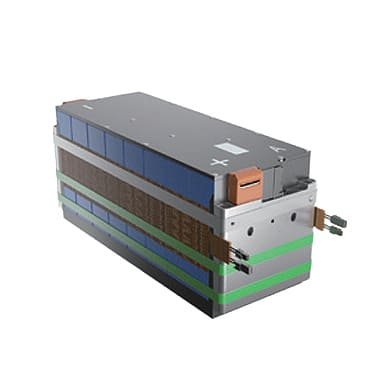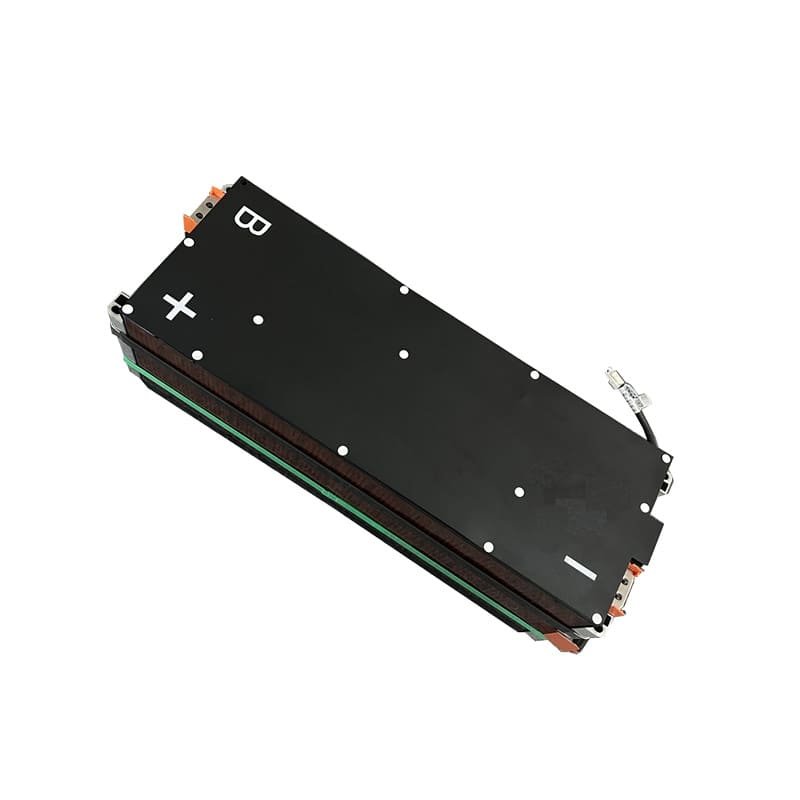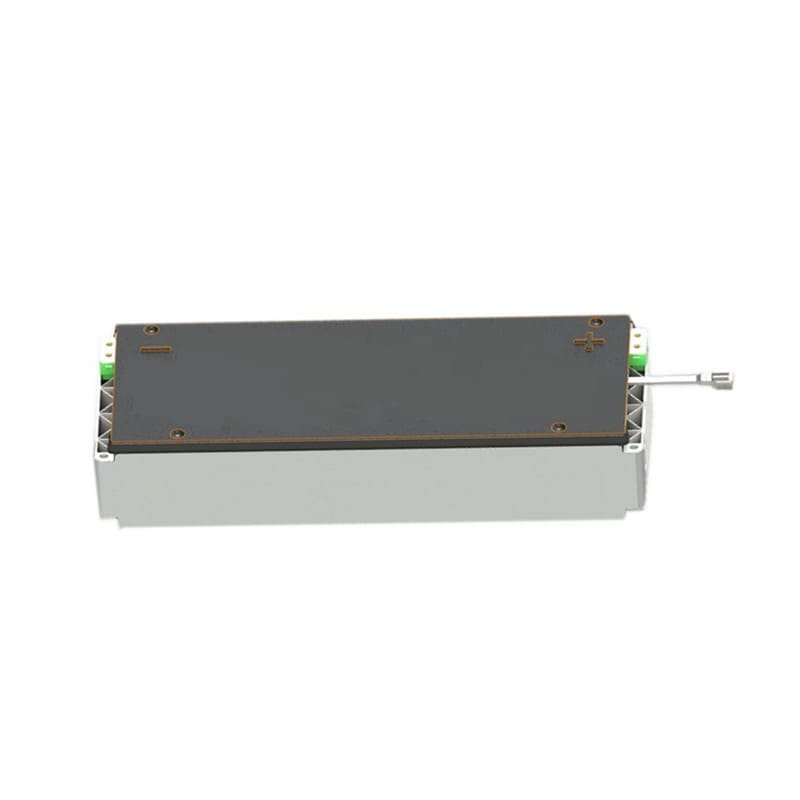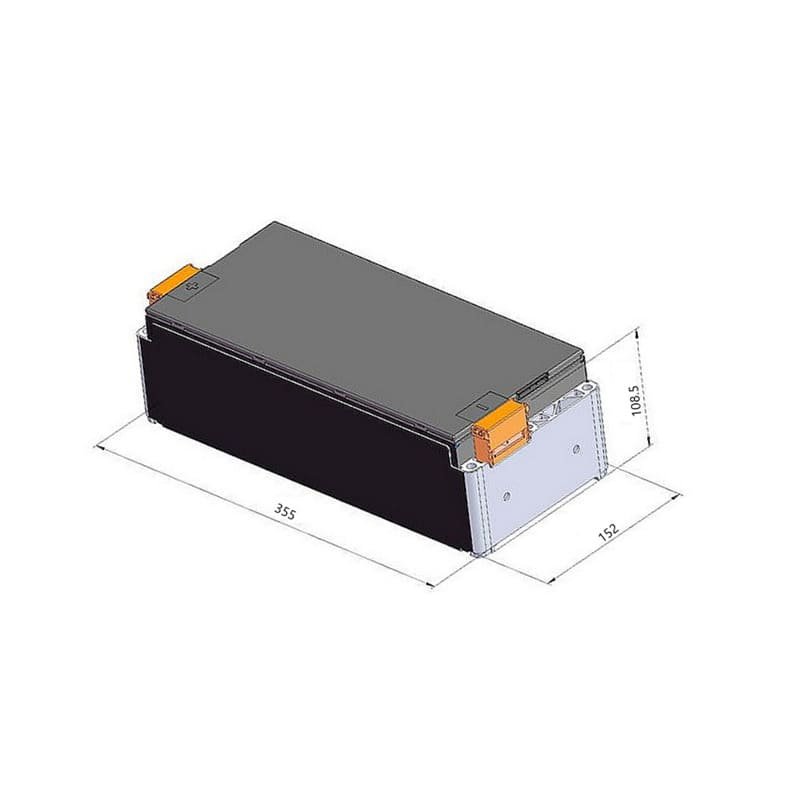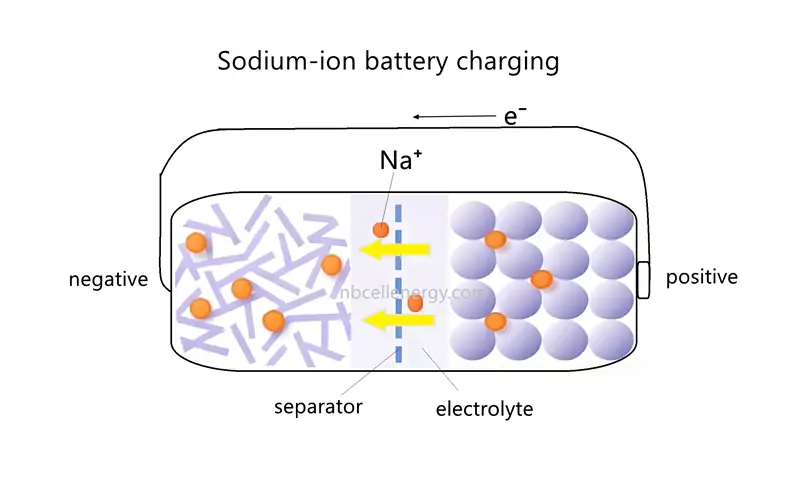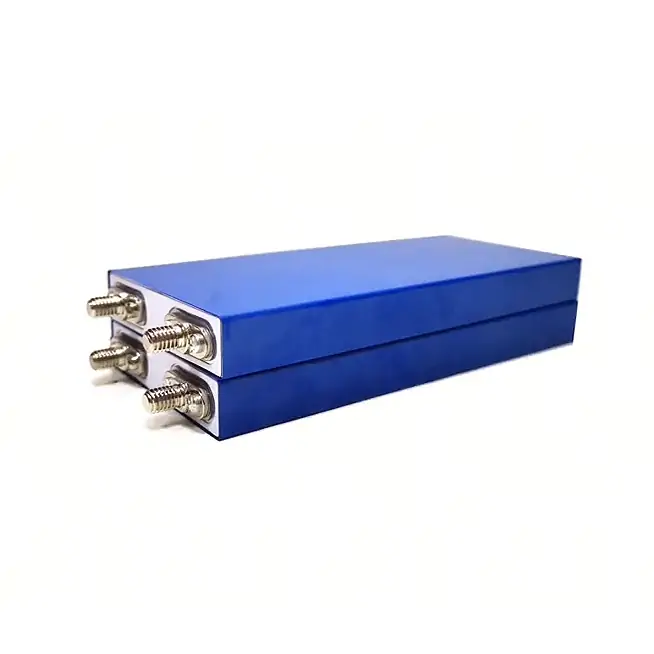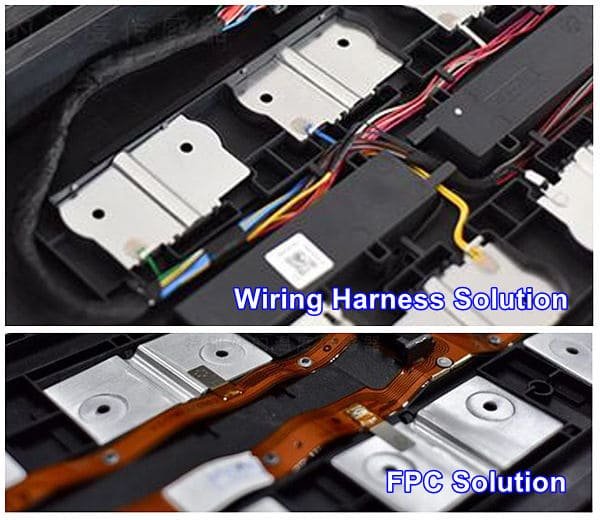What is a Battery Module?
Battery module is an intermediate energy storage unit between the battery cell and the battery pack. The battery module consists of a number of battery cells connected in series and parallel, plus auxiliary structural elements that serve to pool current, collect data, secure and protect the battery cells.
Regarding battery module, we often see expressions like 2P4S, where P refers to parallel connection and S refers to series connection. By connecting two groups of four battery cells in series in parallel, we get a 2P4S battery module with a total of eight battery cells.

Table of Contents
What is the Use of Battery Module?
Simply put, battery modules are used to achieve the desired voltage, capacity and power output. These battery modules can be used as building blocks for larger battery packs, providing a scalable and efficient solution for a variety of applications.
Battery modules play a vital role in energy storage and power transmission systems. Their primary purpose is to store electrical energy and provide it when needed as a reliable and efficient power source. Battery modules combine multiple battery cells to achieve higher voltage, capacity and power output than a single battery cell.
By combining battery cells in battery module, manufacturers can create standardized units that are easier to manage, replace and expand. This modular approach allows larger battery packs to be built by combining multiple battery modules, allowing power solutions to be tailored to specific applications.
Essentially, a battery module bridges the gap between a single battery cell and a complete energy storage system, providing a versatile, manageable and secure solution for storing and delivering power in a variety of applications.

Birth of the Battery Module
A battery cell, from a mechanical manufacturing perspective, suffers from poor mechanical characteristics and unfriendly external interfaces, among other problems:
- Size and shape and other external physical state is not stable, with the life cycle process will produce obvious changes.
- The lack of simple and reliable mechanical installation and fixation interface.
- The lack of convenient and easy output connection and status monitoring interface.
- Its own weak mechanical and insulation protection.
Because of these problems with a battery cell, an additional layer must be added to address them and make the battery cell easier to assemble and integrate. The battery module consists of a few to one or two dozen cell units with a relatively stable external state, convenient and reliable mechanical, output and monitoring interfaces, as well as stronger insulation and mechanical protection, which is a good solution to the problem of a single cell.
Key benefits of standard battery modules include:
- Can more easily realize automated production, and has a high production efficiency, product quality and production costs are easier to control.
- Can form a high degree of standardization, help to significantly reduce production line costs and improve production efficiency. Standard interfaces and specifications for the market to fully compete with two-way choice, and retain a better ladder utilization operability.
- Excellent reliability, the whole life cycle of the mechanical and insulation aspects of the battery can form a good protection.
- Relatively low raw material costs, will not cause too much pressure on the final powertrain assembly costs.
- The value of the smallest maintainable unit is relatively small, which has a significant effect on reducing after-sales costs.
Battery Module Component Structure
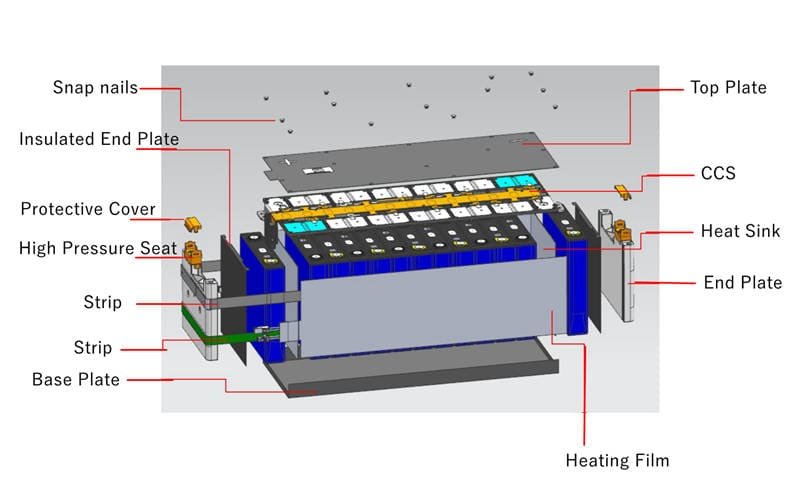
As seen in the picture above, the battery module is mainly composed of battery cells, insulation boards, end plates, CCS(Cell Connection System), top cover boards, and insulated bottom boards.
These are not absolute, the battery module can adjust its composition structure according to different project situations. For example, if the battery needs to operate in a low temperature environment, heating film can be added. Do not want to use packing tape to fix can also be replaced with side plate.
Battery Module Assembly Process
Simply speaking, battery module assembly process is to connect and assemble multiple battery cells with frame structure, Cell Connection System (CCS), insulation components and other parts, and then do all kinds of testing. Below is the detailed assembly process of a battery module.
1. Battery Cell on Line
The robotic arm arranges the incoming battery cells into the material frame, which is pulled by the AGV cart to the on-site loading part for loading. Each location with a material frame is automatically detected. If there is a lack of material, the detection function will display an early warning through the safety light system and MES (Manufacturing Information Management System).
2. Battery Cell OCV/ACR Test
The robotic arm grabs the battery cell from the material frame and runs downward, automatically realizing the functions of code scanning, confirming the polarity of the battery cell, OCV detection, and K value comparison. In addition, the process has a battery cell polarity anti-dullness detection function and a battery cell re-coding anti-dullness function. So, if there is any abnormality, it will alarm and place the battery cell on the NG table.
3. Battery Cell Flip and Cleaning
The robotic arm will place the battery cells according to the battery module design requirements, apply glue to the battery cells, stick insulation cover and heat insulation sheet while it can flip multiple battery cells. The plasma cleaner will perform the related cleaning of the battery cell. Plasma surface treatment is a dry treatment method, only the surface of the material is treated, it is a safer way to clean lithium ion batteries.

4. Battery Cell Gluing
According to the number of battery cells in the battery module and the location of gluing, the battery cell gluing fixture is placed separately for gluing. The gluing positions are generally end plates, side plates, buffer pads, end plate insulating sheets and so on.
5. Battery Cell Stacking
The robotic arm grabs the battery cells onto the stacking table for stacking. During the stacking process, there are centering and shaping functions to keep the battery module on a plane. After the stacked battery module is formed, the information such as the placement position of the battery cells in the battery module should be entered into the system to realize the binding between the battery module code and the battery cells, and the module code should be printed in the later process.
6. Module Bundling
After stacking is completed, the battery module is automatically grabbed by the robotic arm to the forming table, and then rolled by the manual set of tape.
7. QR Code Printing
The battery module QR code generated during the stacking process is placed on the battery module.
8. Battery Module Quiescence
Store the battery module in the quiescence position to quiesce.
9. Pole column cleaning/photo positioning
After the battery module is transported to the visual positioning and pole column laser cleaning station, it completes the automatic code scanning and adopts 2D camera to take photos for positioning. The laser is used to laser clean the pole column to clean the impurities and oxidized layer on the surface of the pole column. After cleaning, the surface of the pole column is milky white under visual inspection and has no metallic luster.

10. Placement CCS
Installation should ensure that the aluminum row will not cause short circuit and other phenomena due to changes during the welding process. After the installation is completed, release and let the battery module flow into the welding station automatically.
11. Laser Welding
Close the door of the welding room, start the equipment, pressurize the positioning mechanism, so that the welding shielding gas is automatically docked, so that the three-axis system carries the ranging, CCD (Charge Coupled Device) positioning and vibration lens to complete the welding in turn. Finally, after the completion of welding, release the compression device and other institutions, automatically open the welding room door, the module and fixture trolley moved out of the welding room.
12. Welding Seam Cleaning
After welding, the welding seam is vacuumed and cleaned.
13. EOL Test
This is a comprehensive function test before the battery module comes off the production line. First scan the code to confirm the battery module information, and then start the test. The probe is pressed down and the test data is stored and uploaded to the industrial control computer or MES (Manufacturing Process Execution System). At the end of the test, the probe is withdrawn and the battery module is removed.
14. Insulation voltage test
Insulation test is to disconnect the positive and negative terminals of the battery module from the external device, select the DC1000V voltage level meter to measure the insulation resistance between the positive terminal of the battery module and the external exposed conductive part, and between the negative terminal of the battery module and the external exposed conductive part. According to the requirements, the resistance value should be ≥ 1GQ. voltage withstand test is to measure the leakage current between the positive pole of the battery module and the external exposed conductive part, between the negative pole of the battery module and the external exposed conductive part.
15. Top and Bottom Mounting
Install the cover plate on the top of the battery module and the insulating film on the bottom.
16. Battery Module off-line
Use the robotic arm to make the battery module off-line, and then carry the battery module to the storage area by AGV cart.
This is a video of the battery module assembly process on an automatic production line. Hope it will help you understand the battery module. If you have any questions, whether about battery cells, battery modules or production lines, please feel free to contact us.
NBCELLENERGY welcomes you at any time!

